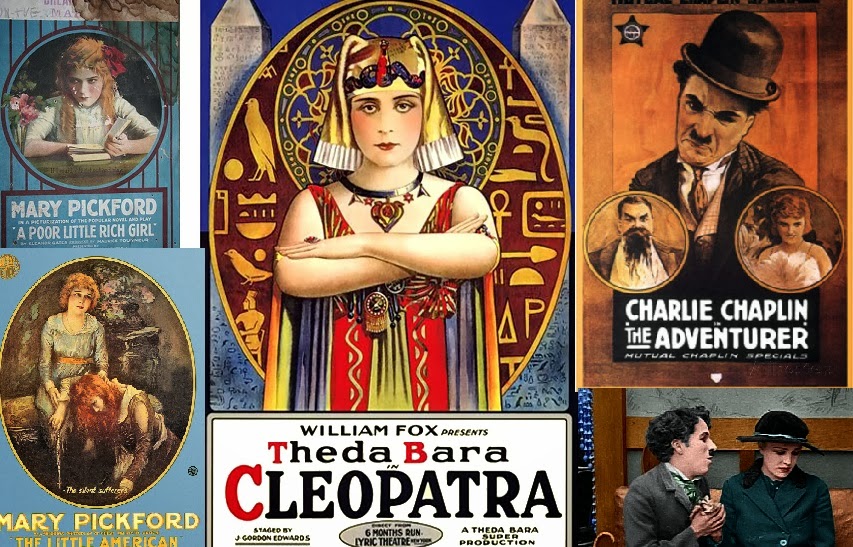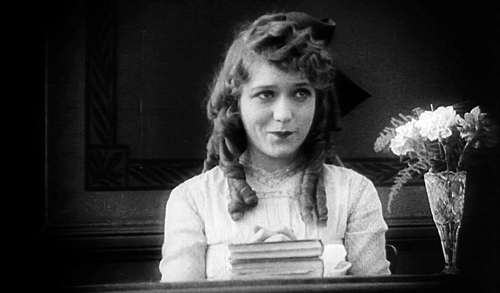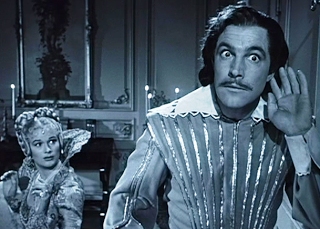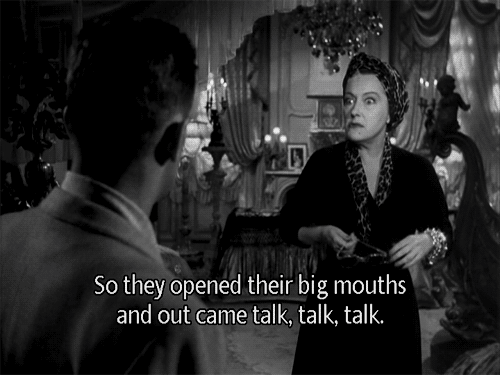This is my contribution to the Classic Movie Blog Association Blogathon: Film Passion 101.Click here for the full roster of fabulous entries!
I must have been about 10 or 11. My parents were going out for the afternoon. I assume my older sister was enlisted to be home, as well, but it felt as though I was home alone. I’m pretty sure it was a Sunday. I had probably just finished watching the 3-hour Sunday morning show, Wonderama (WNEW Channel 5 New York), and do recall being intrigued enough by the upcoming teaser to stay put and watch the afternoon movie, The Public Enemy.
I must have been about 10 or 11. My parents were going out for the afternoon. I assume my older sister was enlisted to be home, as well, but it felt as though I was home alone. I’m pretty sure it was a Sunday. I had probably just finished watching the 3-hour Sunday morning show, Wonderama (WNEW Channel 5 New York), and do recall being intrigued enough by the upcoming teaser to stay put and watch the afternoon movie, The Public Enemy.
 |
| Charisma to burn! |
But back to Cagney. I was under his spell. I had to know more about him. When my mom got home I was full of questions. She answered as best she could, but it was hardly enough. Monday brought a trip to the library to look up anything and everything about the man. Weeks were spent examining each new TV Guide to see when a Cagney picture would be shown, as I wanted to see them all (by my count he starred in 61 feature films; I’ve seen 50 – most of them on WNEW, who seemed to have the rights to a lot of old Warner Brothers films). While I love the Internet, I have to admit that nothing beats that exciting feeling when you are digging through old books and magazines and come upon a treasured piece of information.
 |
| Harlow was horrible, but who cared? |
My love of classic film is always anchored to the star. Cinematography, director, all that stuff never much interested me and still really doesn't, although I have learned to appreciate it much more. I was star struck by James Cagney in The Public Enemy and from there it was just a short trip to this down the rabbit hole.
James Cagney
ê
Bette Davis Ann Sheridan Joan Crawford
Ann Dvorak
Kay Francis
ê
Katharine Hepburn Audrey Hepburn Doris Day
ê
Spencer Tracy William Holden James Garner
ê
Gloria Swanson
ê
Charlie Chaplin
Edna Purviance ê Buster Keaton
Mary Pickford
ê
Douglas Fairbanks
and so on and so on and so on.........................
Of course, that was only the beginning.....
* Before my massive crush on Cagney, I did have a kid-crush on the host of Wonderama, Sonny Fox.















































.jpg)












































































_01.jpg)








+(1).jpg)















